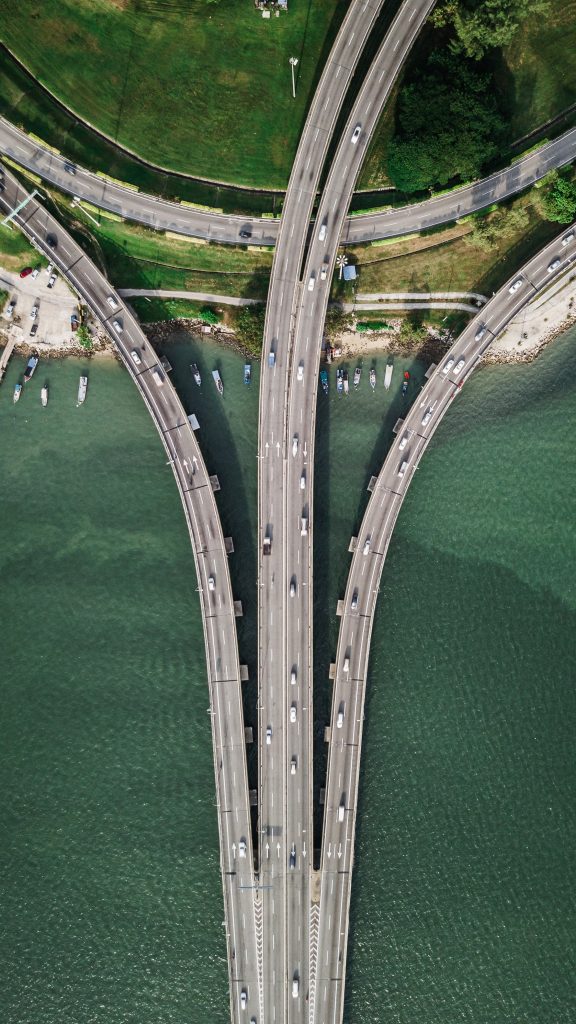Road Safety Advancements in Collision Mitigation System


In an era where technological innovations like road safety are reshaping various industries, the automotive sector is at the forefront of revolutionizing road safety. Among the groundbreaking advancements, collision mitigation systems have emerged as a pivotal solution to prevent accidents and save lives. These systems, incorporating state-of-the-art technologies, are continuously evolving to enhance their capabilities and redefine accident prevention. In this article, we explore the future of collision mitigation systems, highlighting the advancements that hold promise for a safer driving experience.
Artificial Intelligence and Machine Learning
The future of collision mitigation systems lies in the integration of artificial intelligence (AI) and machine learning (ML) algorithms. By harnessing the power of AI and ML, these systems can analyze vast amounts of data collected from sensors, cameras, and historical driving patterns. This enables them to make real-time decisions, adapt to changing driving conditions, and continuously improve their performance based on evolving scenarios.
Sensor Fusion and Perception
Advancements in sensor fusion and perception technologies are poised to revolutionize collision mitigation systems. By combining data from various sensors such as radar, LiDAR, and cameras, these systems can create a more comprehensive and accurate representation of the surrounding environment. This allows for a better understanding of potential collision risks, improved object detection, and enhanced situational awareness.
Connected Vehicles and V2X Communication
The future of collision mitigation systems lies in their integration with connected vehicles and Vehicle-to-Everything (V2X) communication. With V2X technology, vehicles can communicate with each other, infrastructure elements, and even pedestrians. This exchange of real-time data enables collision mitigation systems to receive critical information about road conditions, traffic patterns, and potential hazards, enabling proactive collision avoidance strategies.
Advanced Sensor Technologies
As sensor technologies continue to evolve, collision mitigation systems will benefit from more sophisticated and high-resolution sensors. For instance, the emergence of solid-state LiDAR sensors promises improved accuracy, longer detection range, and enhanced reliability. Advanced sensor technologies will enable collision mitigation systems to detect and react to potential collision risks with greater precision, ensuring higher levels of safety.
Integration with Autonomous Driving
Collision mitigation systems are set to play a significant role in the transition to autonomous driving. As self-driving technology progresses, collision mitigation systems will act as critical safety mechanisms in autonomous vehicles. These systems will continuously monitor the driving environment, detect potential hazards, and intervene to prevent collisions, ensuring the safety of occupants and other road users in autonomous driving scenarios.
Predictive Analytics and Contextual Awareness
The future of collision mitigation systems lies in their ability to leverage predictive analytics and contextual awareness. By analyzing a wide range of data, including traffic patterns, weather conditions, and historical accident data, these systems can anticipate potential collision risks in specific contexts. This enables them to provide timely warnings, adapt their responses, and prevent accidents before they occur.
The future of road safety relies heavily on continuous advancements in collision mitigation systems. By embracing cutting-edge technologies such as artificial intelligence, machine learning, sensor fusion, and V2X communication, these systems will evolve to provide enhanced protection on the road. As these technologies mature, collision mitigation systems will play an increasingly vital role in accident prevention, ensuring safer roads for all. By embracing these advancements and fostering collaboration between industry stakeholders, we can pave the way for a future where road accidents are significantly reduced and lives are safeguarded.
